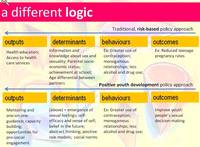 [Summary: Extract from a draft literature review on Youth Work and Social Networking – looking at different responses to risk – and the role of Positive Youth Development responses in particular]
[Summary: Extract from a draft literature review on Youth Work and Social Networking – looking at different responses to risk – and the role of Positive Youth Development responses in particular]
I'm in the middle of putting together a literature review on young people's Online Social Networking, and the possible roles and responses for Youth Workers to take to this emergent phenomena. In the literature review I'm seeking to tread a balanced path between talk of opportunities of Online Social Networking, and talk of risks – so this afternoon I've been looking to construct for a good model to use in pursuing a balanced exploration of responses to online risk.
I'm sharing the draft of that model here for two reasons:
- I'd really welcome feedback on whether this captures the relevant distinctions adequately – or suggestions for other models I should look at / adopt / consider.
- Going through this process demonstrated to me the value of the Positive Youth Development approach in giving a policy logic (see the 'a different logic' slide in this presentation) that can push us back beyond the obvious interventions (digital media literacy building) to more holistic capacity building interventions and support for young people (building core competencies, self-belief etc.).
I realise I've not offered an argument or evidence for the PYD model being appropriate below (that will hopefully come in a later part of the literature review which I'm yet to draft) – and I wanted at this point to offer an opportunity for those familiar with other theories of intervention that operate at level (C) where I have PYD in my draft to suggest/explain them as alternative theoretical frameworks here.
So, here's the draft:
Draft extract from a literature review on Youth Work and Social Networking (Feb 25th 2008)
The safety is children and young people is a high priority for the UK Government and is an integral theme running through Every Child Matters and Youth Matters, most recently resulting the Staying Safe Action Plan (2008) which notes the "new opportunities for children to come to harm" from the internet in particular. In exploring possible responses to risks of Online Social Networking drawing a distinction between three different types of response is useful:
A) Managing the source of risk:
The Staying Safe Action Plan adopts a dialogue of 'safeguarding', managing risks and creating safe environments – changing and engineering the setting to remove these emergent risks so that young people are exposed to as few instances as possible where harm may result.
B) Addressing directly related skills and knowledge:
Where a risk management approach identifies and focuses on controlling and limiting the source of a risk, it is also possible to respond to concerns about risk by focussing on resourcing and equipping the person potentially 'at risk' to respond appropriately. Becta, in their report "Safeguarding children in a digital world" (2006), recommend developing and delivering "e-safety education and digital literacy skills". Digital literacy, it is suggested, will help young people to:
"…become safe and responsible users of new technologies, and allow them to be discriminating users of both the content they discover and the contacts they make when online."
Such digital literacy approaches address themselves at increasing young people's skills and knowledge directly related to the source of risk – in this case, the internet. However, as Bober and Livingstone (2005) argue in the UK Children Go Online report:
"Opportunities and risk go hand in hand: there is a strong, positive association between opportunities and risks – the more children and young people experience the one, the more they also experience the other, and vice versa."
The suggestion here is that building young people's digital literacy increases their effective use of the internet, but also increases their exposure to risk.
C) Addressing wider capacities and responses to risk:
Positive Youth Development (PYD) responses to online risk, by contrast to digital literacy building approaches, would seek to take a holistic look at all the relevant factors that could lead exposure to risk to impact negatively upon young people's development and thriving (Davies and Schulman, 2007). They would then propose developmentally appropriate capacity building interventions that may at first appear only loosely connected to the risks that first raised a concern. For example, a Positive Youth Development programme may design activities to build young people's self confidence and self-esteem across a variety of settings and with a variety of peers and adults in order to address concerns about young people's self-publishing of potentially harmful information online.
Positive Youth Development does not suppose all risk to be bad – and indeed suggests that navigating some risks can be an essential part of positive adolescent development. It's concern is with equipping young people with the resiliencies, competencies and development assets that ensure exposures to risk do not have a lasting harmful impact on an individuals thriving.
Youth Work Responses:
Youth Work in the UK, of the form advocated by Bernard Davies, broadly takes this holistic developmental approach – although it tends to situate its interventions in a sociological framework focussed on the group and community rather than an adolescent development/PYD framework which focuses on the social individual. Positive Youth Development potentially offers a dialogue and rigorous evidence based framework in which to explore and articulate how particular developmental interventions and supports for young people can more effectively address many of the concerns about risk that drive policy makers, parents, managers and practitioners to adopt the sort of limited risk management (A) and educative (B) interventions noted above.
As mentioned above, I'd really welcome your feedback on the model, and in particular, on the appropriateness of including PYD as part (C).
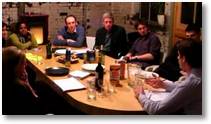 One of the bits of blogging I struggle with most is getting the opening paragraph right. So let me instead quote
One of the bits of blogging I struggle with most is getting the opening paragraph right. So let me instead quote  In response to a number of questions I've had recently about how Social Networking sites could be used for youth participation and engaging young people in local democratic dialogue, I've been exploring a range of different options. To capture my learning, I though I would try and write up my explorations in the form of a number of strategic 'recipes'.
In response to a number of questions I've had recently about how Social Networking sites could be used for youth participation and engaging young people in local democratic dialogue, I've been exploring a range of different options. To capture my learning, I though I would try and write up my explorations in the form of a number of strategic 'recipes'.
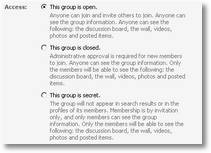
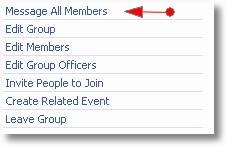 This can mean:
This can mean: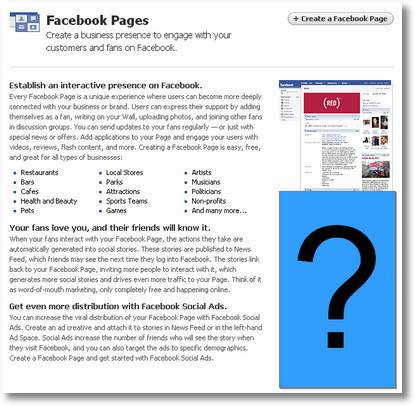

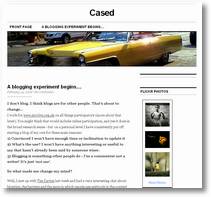 Last week I met up with Alice Casey from
Last week I met up with Alice Casey from  Tomorrow
Tomorrow 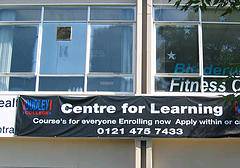
 =
=